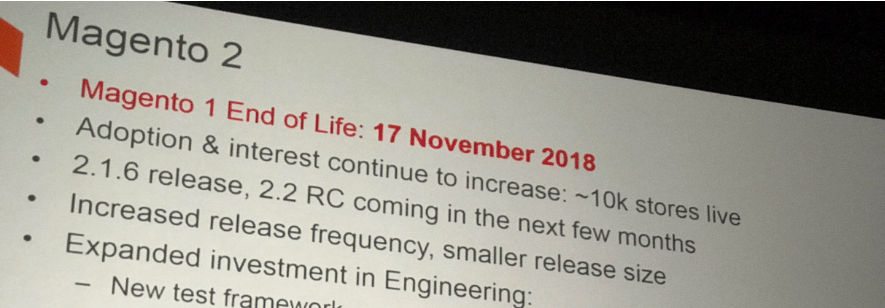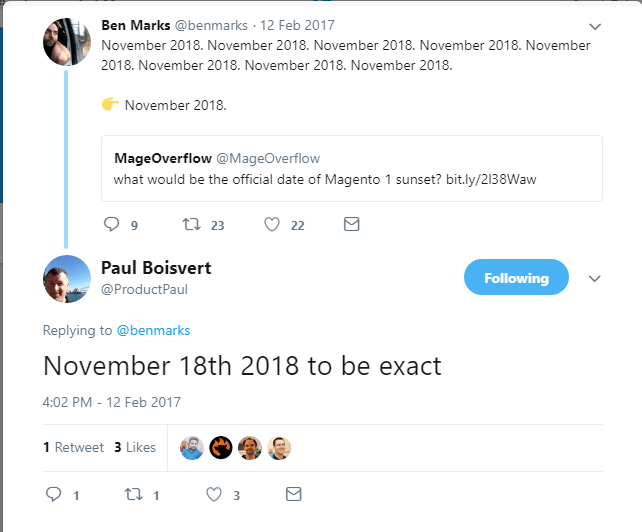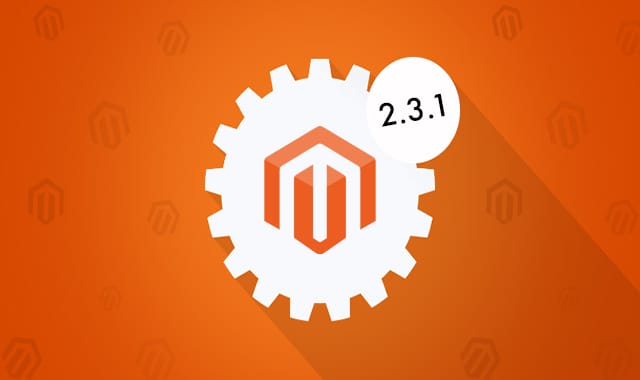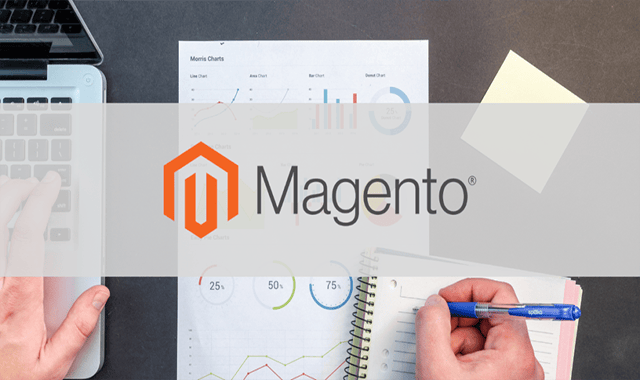
How Magento Meets the Unique Needs of Nutraceuticals
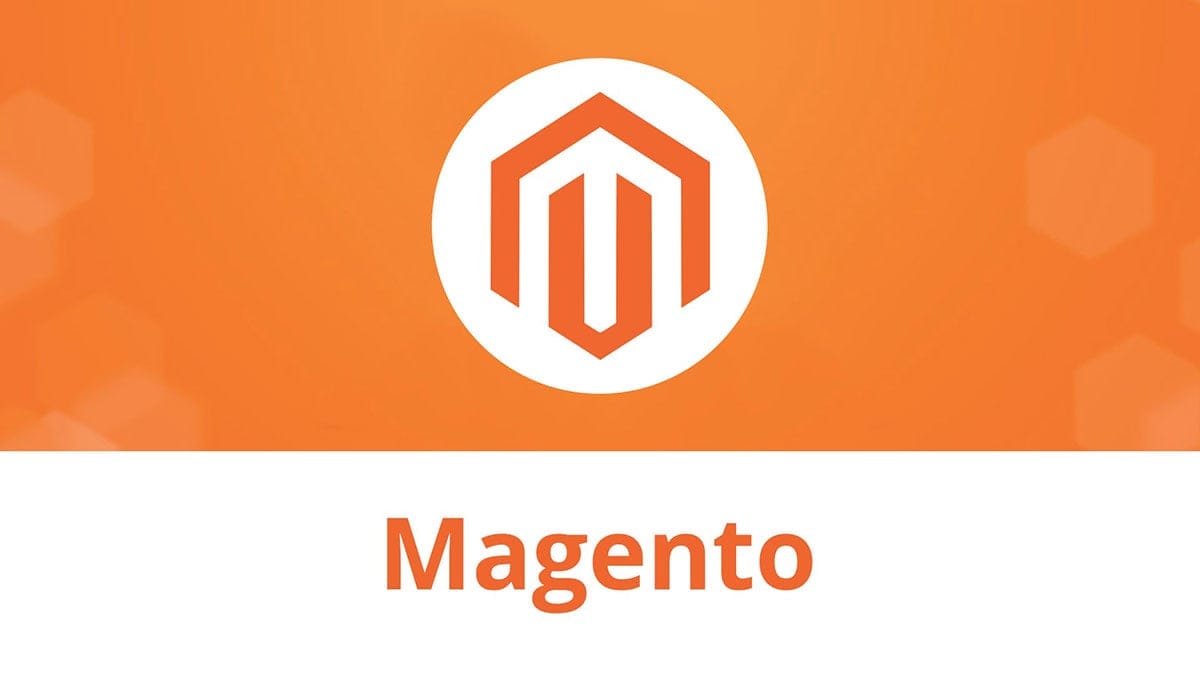
When it comes to powering online nutraceutical sales, choosing a great eCommerce platform is vital — but it also can be daunting. There are so many platforms — Magento, BigCommerce, Shopify, Demandware and more. How do you know which one will best suit your needs? For many companies, Magento is the clear answer.
As a certified Magento partner with a rich history of nutraceutical work, we are in a unique position to speak to the distinct Magento benefits that support a nutraceutical company. Keep reading to learn all about the features and functionalities that set Magento apart from the competition.
What is Magento?
Magento is the world’s number-one eCommerce platform for open commerce innovation. Magento is part of Adobe Experience Cloud; offers industry-leading Cloud solutions; works hand-in-hand with the world’s biggest retailers, brands and branded manufacturers across B2C and B2B eCommerce industries; and is recognized as a global power. Every year, Magento handles more than $100 billion in gross merchandise volume.
What are the benefits of using Magento?
Magento offers a host of incredible features for selling nutraceuticals online.
- Multi-store, multi-site: Magento allows users to create and power many sites from one dashboard, controlled from one admin user interface. This is a huge advantage when it comes to multi-national and multi-site selling. Many nutraceutical companies that use Magento gain major efficiencies by leveraging the multi-store / multi-site feature to control their site(s) from one admin panel and instance while selling on websites for many different brands or countries. Many of Magento’s top competitors don’t offer this feature. These other platforms force their merchants to create separate sites for selling in different countries or brand segments.
- Page Builder application: Magento eCommerce provides a Page Builder application that allows users to create content by using drag-and-drop pre-built controls. For eCommerce site managers, this means that there is no coding required. For developers, it means they will use content types to customize Page Builder in order to meet the end user’s needs. With a tool like Page Builder, the cost (and time required) to create new product pages and maintain existing content can be dramatically reduced because code no longer needs to be written.
- Segmentation: Creating customer segments allows users to target shoppers with unique, personalized marketing and promotions. When used properly, these customer segments can be very powerful tools for increasing engagement and brand loyalty. Magento provides a rules engine that gives administrators the ability to write conditions based on customer purchase history and profile data. For example, a rule could be written to display banner ads featuring the benefits of “subscribe and save” options for customers who purchased something more than three times in a six month period. Using segmentation, nutraceutical websites can be more effective at building recurring orders.
- Promotion / content staging and scheduling: Promotions and content changes on the Magento eCommerce platform can be staged for review and testing by site administrators before they are scheduled for public display. This is an extremely useful feature when preparing for large holiday events that entail multiple content changes and promotional rules. For example: Using this tool, users can work to create all of the content and promotions needed for a Black Friday event and then provide links to co-workers and stakeholders that allow for a full preview of how the site will look and function on Black Friday. Then, users can schedule the go-live time for all of the promotions and content changes — so they don’t need to be up at midnight on Black Friday to “flip the switch” and push content changes live.
- Product bundling: The Magento eCommerce platform offers several product bundling features that provide great flexibility for offering kitted or bundled items with options and discounts. By using the product bundle feature, users can offer supplements with different options for sizes and flavors. This is a unique and powerful feature, as it allows shoppers to choose all of the varieties they need to put together an assorted bundle of products from one page.
- B2B features: For nutraceutical manufacturers and distributors, Magento offers a full suite of functionality for commonly-required B2B features. Some of these features include companies (organize users, credit limits and catalog by company), credit limits, catalog permissions, pricing by customer group or company, requisition lists, quote requests and user hierarchy / account permissions. These out-of-the-box B2B features dramatically lower customization costs, decrease the time to market for new Magento Commerce B2B websites and lower the total cost of ownership.
Conclusion
When it comes to choosing an eCommerce platform for online nutraceutical sales, Magento stands out. When used properly, this feature-rich platform gives a great deal of competitive advantages over other platforms for nutraceutical websites.
InteractOne is a longstanding, certified Magento partner. To learn more about the power of Magento and how it can power your digital presence, contact us today.







